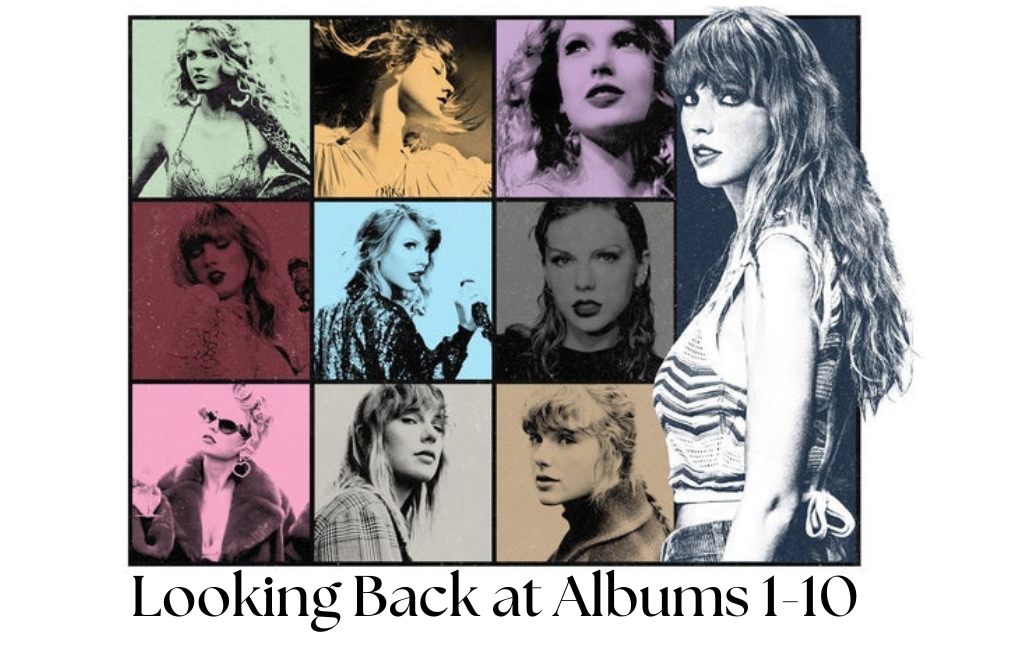Part one of a two-part piece by Patrick Pontes.
Horror. Every time it’s brought up, people try to describe it as a genre of gaming that’s either disappearing or making a comeback, but nobody ever says why. The closest thing that comes to a “why” is a game or two set for or against a certain side. People advocating horror’s decline try to use some kind of action/horror game like “Dead Space 3” or “Resident Evil 6” as a sign that action has corrupted the core essence of the concept of horror, while people advocating horror’s prominence use some type of indie hit like “Amnesia” or “Slender” as a sign that the genre is as popular as it’s ever been. It’s a tiring discussion and I can’t stand it when people use the same ols arguments every time.
Is horror dead? Naw, not even close. The pro-horror side has a point: certain modern horror games do become cult-classics and internet phenomenons. Games like “Amnesia” have become minor pop-culture classics, resulting in shocked face-cam recordings and taped dares from hundreds of thousands of people all over the world. It’s a sign that people still take interest in genuinely atmospheric, well-paced survival-horror games, and that’s a definite positive.
Is horror dying, though? Yep. And it has been for a while. People will point to many things to explain this: the decline of certain survival horror franchises like “Silent Hill” and “Alone in the Dark,” the emphasis on crisp, next-generation graphics, the rise of popularity in first-person shooters, and so on. I agree that all of these things are partly to blame in causing this decline, but if you ask me, the biggest problem has been the industry’s insistence on sequels and franchise-building as opposed to generating new ones. Think about it: the only reason “Dead Space” and “Resident Evil” turned into action games is because they’ve been around for years; franchises with multiple installments that use the same premise, threats, and scare tactics become naturally familiar to us the more we’re exposed to them, so once the scare juice runs out, horror games have to resort to an alternative source of engagement–usually combat. The problem with this approach is, of course, that it’s much scarier to run for your life or struggle against superior enemies than gun them down with an arsenal of high-powered weapons, but since horror is a finite resource for most horror properties, it’s rarely the core means of engagement.
“Dead Space 2” multiplayer? “Bioshock 2” multiplayer? Yep, that’s the reason, perhaps the only reason, those games exist.
I love horror games. It’s a completely unique experience to be in a horror situation, like left alone in a situation where you don’t have a gun to defend yourself at all. “Amnesia” is still one of my favorite games of all time, and I can’t find a good reason why developers haven’t tried to emulate its success. It’s games like those that we really need more of these days.
That said, there is such a thing as overcompensation in solving this problem. What if, instead of having too much pay-off and not enough suspense, a horror game has too much suspense and not enough pay-off? Unfortunately, if I had to choose a perfect exemplar of this standard, it would probably be the recent cult hit called “Slender: The Eight Pages.”
To those unfamiliar with the game (just play it, it’s a free download), “Slender” is a game where you search around a desolate forest park in the middle of the night looking for cryptic notes hidden around the map while a mysterious and malevolent force known as Slender Man is trying to catch you. You have no means of defending yourself; you’re armed with a flashlight with a limited battery life and two semi-functional legs to “run” away from Slender Man (although I’m quite sure I could shuffle across the floor and still move faster than this character). The gimmick is that, technically, Slender Man can’t move, though he can teleport. If he spots you, he’ll advance towards you in certain intervals so long as he’s not within visual range. If you do look at him, though, you’ll quickly be consumed and get an instant game over.
I wish I could talk about all the problems I have with “Slender” right here, but to save time, I’ll summarize my argument in three words: “Slender” is boring. I can’t remember the last time I played a game so uneventful and unengaging. The entire game is literally a walk in the park, only without the pleasant scenery.
In fact, the lack of scenery is one of my biggest problems: the game tries too hard to be dark. Now, a common criticism of many modern horror games is that modern graphics have turned otherwise decent environments and enemies into technicolored dream shows that uncomfortably shove things straight in the player’s face. My problem with this theory has always been that there is a difference between graphical design and aesthetic design. Garish aesthetics will always be more harmful than garish graphics, because aesthetics are at the core of a game’s presentation. A game can still be scary if it has high-res textures and effects, but if a game is too bright or too colorful, then aesthetically they can’t hold up. “Slender” tries to overcompensate in this regard by making the game virtually pitch-black, with your only light source being your flashlight. The problem with this approach is that, instead of giving too many details for the player to focus on, there are far too few. “Slender” is almost unplayable at is default visual settings because it’s so freaking dark. Darkness can provide a welcome element of mystery, but if mystery is all I have, I have no impetus to understand what’s happening around me. The intended effect of anxiety turns into confusion and, quickly, apathy.
But play “Slender.” You might not have fun, but at least you’ll be in for a good bedtime story to help you get to sleep.
GameCrank is produced by Patrick Pontes.


